Dances in Equatorial Guinea: Exploring Equatorial Guinea’s National and Regional Dances
Introduction:
Equatorial Guinea, a small yet culturally diverse nation on the west coast of Central Africa, is home to a rich tapestry of traditional dances that reflect its multicultural heritage and historical influences. From the rhythmic expressions of Fang dance rituals to the vibrant celebrations of Bubi ceremonies, Equatorial Guinea’s dances are a testament to the unity in diversity that defines the country. This exploration aims to delve into the intricacies of Equatorial Guinea’s national and regional dances, shedding light on their origins, characteristics, and cultural significance.
I. National Dances:
1.1 Fang Dance: Rituals of the Fang People
The Fang people, one of the largest ethnic groups in Equatorial Guinea, have a rich tradition of dance that plays a central role in their rituals and ceremonies. The Fang Dance is characterized by intricate footwork, rhythmic drumming, and symbolic movements that convey spiritual and cultural meanings. Often performed during initiation ceremonies, funerals, and other significant events, the Fang Dance is a powerful expression of the Fang people’s cultural identity and spiritual beliefs.
1.2 Bubi Dance: Celebrating Bubi Heritage
The Bubi people, residing mainly on Bioko Island, have their own unique dance traditions that celebrate their cultural heritage. Bubi Dance is characterized by graceful movements, vibrant costumes, and the use of traditional musical instruments. This dance form often accompanies Bubi ceremonies and celebrations, serving as a dynamic expression of Bubi identity and the cultural richness of the region.
II. Regional Dances:
2.1 Benga Dance: Rhythmic Celebrations in Rio Muni
The Benga Dance, prevalent in the Rio Muni region of Equatorial Guinea, is a lively and rhythmic celebration that involves energetic footwork and vibrant costumes. Accompanied by traditional music and singing, the Benga Dance is often performed during community festivities and social gatherings. It serves as a communal expression of joy, unity, and the cultural vibrancy of the people in the Rio Muni region.
2.2 Bisila Dance: Rituals of the Bubi People
The Bubi people, in addition to their general dance traditions, have specific rituals known as Bisila, which involve dance and music. These rituals are performed during important ceremonies and events, such as weddings and rites of passage. The Bisila Dance is characterized by graceful movements, symbolic gestures, and the use of traditional instruments, creating a unique cultural expression within the Bubi community.
2.3 Ibanga Dance: Symbolism and Tradition in Annobón
Ibanga Dance, prevalent in the Annobón region, is a traditional dance form that holds deep cultural and symbolic significance. Performers use expressive movements and rhythmic steps to convey narratives related to the community’s history, spirituality, and daily life. Ibanga Dance is a reflection of the cultural identity of the people of Annobón and their commitment to preserving traditional arts.
2.4 Balélé Dance: Cultural Fusion on Bioko Island
Balélé Dance, found on Bioko Island, is a vibrant dance form that reflects the cultural fusion and diversity of the region. Influenced by both indigenous traditions and external influences, Balélé involves rhythmic footwork, lively singing, and the use of traditional instruments. The dance is often performed during festivals and celebrations on Bioko Island, showcasing the island’s multicultural heritage.
2.5 Sanza Dance: Musicality in Malabo
Sanza Dance, prevalent in the city of Malabo, involves the use of the sanza, a traditional musical instrument also known as the thumb piano. The dance is characterized by rhythmic movements that complement the melodic sounds of the sanza. Sanza Dance is often performed during cultural events and gatherings in Malabo, adding a unique musical dimension to the region’s dance traditions.
III. Characteristics of Equatorial Guinean Dances:
3.1 Cultural Diversity: Unity in Pluralism
Equatorial Guinean dances are characterized by a unity in diversity, reflecting the multicultural makeup of the nation. From the spiritual expressions of Fang Dance to the vibrant celebrations of Benga Dance and the cultural fusion in Balélé Dance, each dance form contributes to the rich mosaic of Equatorial Guinea’s cultural identity.
3.2 Symbolic Movements: Narratives in Motion
Equatorial Guinean dances often feature symbolic movements that convey narratives, histories, and cultural significance. Whether in the ritualistic expressions of Fang Dance, the celebratory footwork of Benga Dance, or the storytelling elements in Ibanga Dance, each movement becomes a vessel for preserving and communicating cultural heritage.
3.3 Traditional Attire: Visual Expressions of Identity
Traditional attire plays a significant role in Equatorial Guinean dances, serving as visual expressions of cultural identity and regional diversity. The vibrant costumes in Bubi Dance, the symbolic garments in Bisila Dance rituals, and the multicultural influences seen in Balélé Dance costumes contribute to the visual richness of each performance, reflecting the cultural nuances of different communities.
3.4 Communal Participation: Shared Celebrations
Many Equatorial Guinean dances involve communal participation, fostering a sense of shared celebration and identity. Whether it’s the rhythmic celebrations of Benga Dance, the communal rituals of Bisila Dance, or the cultural fusion in Balélé Dance festivities, these dances strengthen the bonds within communities, making them integral to Equatorial Guinean social and cultural life.
3.5 Ritualistic Elements: Spiritual Connections
Several Equatorial Guinean dances retain ritualistic elements that connect them to spiritual practices and cultural traditions. The spiritual significance of Fang Dance, the ritualistic expressions in Bisila Dance, and the cultural narratives in Ibanga Dance highlight the profound spiritual connections embedded in Equatorial Guinean dance traditions.
IV. Influences and Evolution:
4.1 Indigenous Roots: Preserving Ancestral Traditions
Equatorial Guinean dances often find their roots in indigenous traditions, serving as a means of preserving ancestral knowledge and cultural practices. The spiritual elements of Fang Dance, the ritualistic expressions in Bisila Dance, and the cultural narratives in Ibanga Dance all exemplify the resilience and continuity of indigenous heritage.
4.2 Cultural Fusion: Embracing Diversity
Dances like Balélé, influenced by multicultural elements, showcase Equatorial Guinea’s openness to cultural fusion. The dance form reflects the diversity of influences on Bioko Island, incorporating elements from indigenous traditions and external cultural exchanges.
4.3 Community Resilience: Adapting to Change
Equatorial Guinean dances reflect the resilience of communities in the face of historical challenges and external influences. While preserving traditional elements, these dances continue to adapt to changing times, ensuring their relevance and accessibility to new generations.
4.4 Contemporary Expressions: Revitalizing Tradition
While deeply rooted in tradition, Equatorial Guinean dances continue to evolve, adapting to contemporary contexts. Cultural institutions, community organizations, and artists contribute to the revitalization of traditional dances, ensuring their continued presence in the cultural landscape of Equatorial Guinea.
V. Conclusion:
Equatorial Guinea’s national and regional dances form a diverse and dynamic tapestry that reflects the country’s cultural richness, historical depth, and geographical diversity. From the spiritual expressions of Fang Dance to the multicultural influences in Balélé Dance and the symbolic narratives of Bisila Dance, each dance encapsulates a unique facet of Equatorial Guinea’s identity.
As Equatorial Guinea continues to evolve, its dances adapt to changing times while holding steadfast to the roots embedded in centuries-old traditions. The dance traditions of Equatorial Guinea are a testament to the resilience of its Fang, Bubi, and other ethnic groups, inviting people to explore the stories, rhythms, and cultural expressions that define the nation. Through each movement, costume, and beat, Equatorial Guinea’s dances endure as living expressions of a rich and diverse cultural legacy, inviting the world to join in the celebration of its rhythmic narratives.


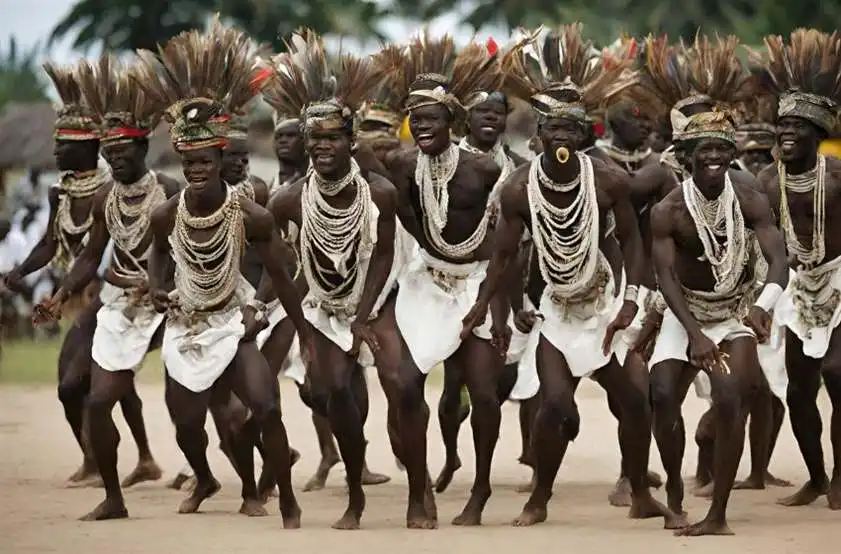
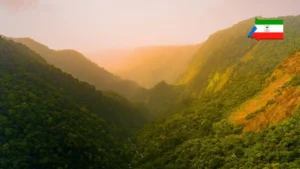

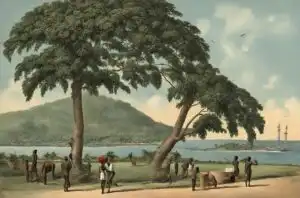

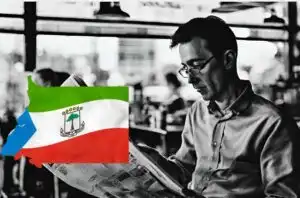
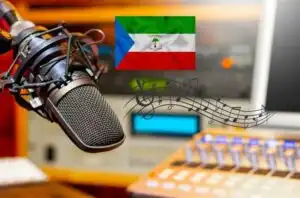
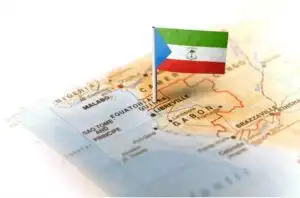
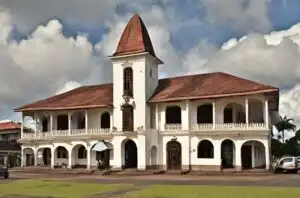
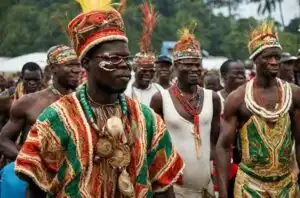



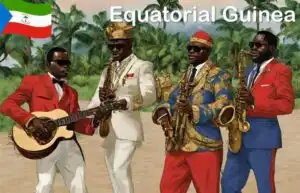
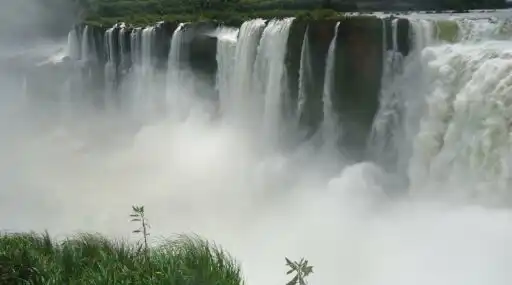


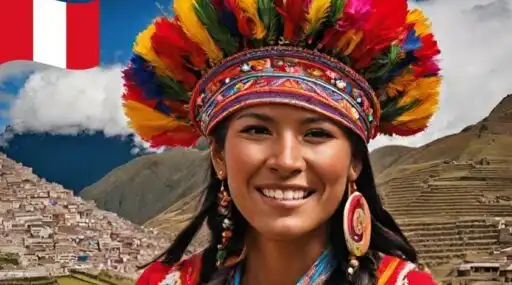
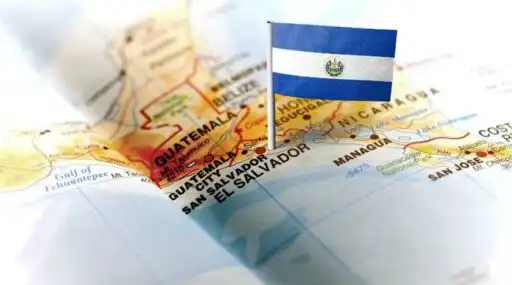
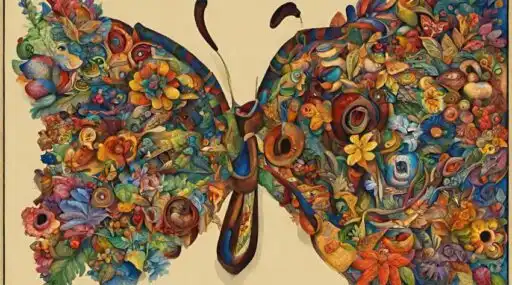
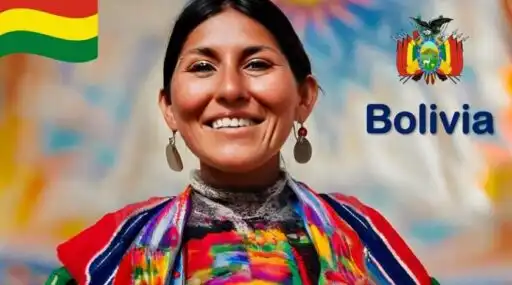
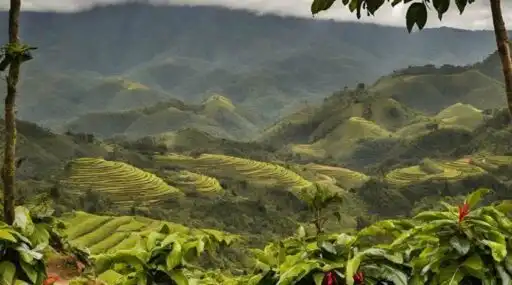
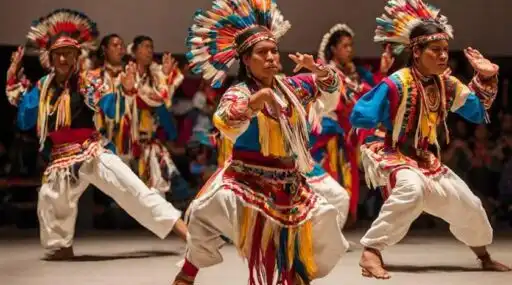

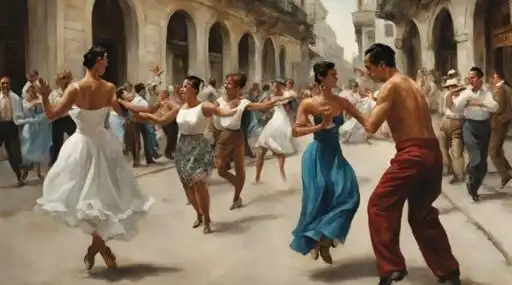
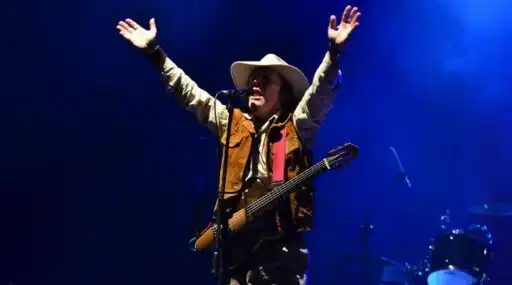
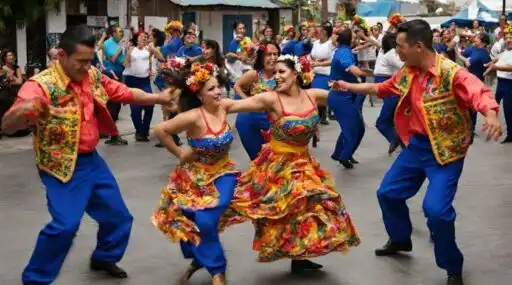


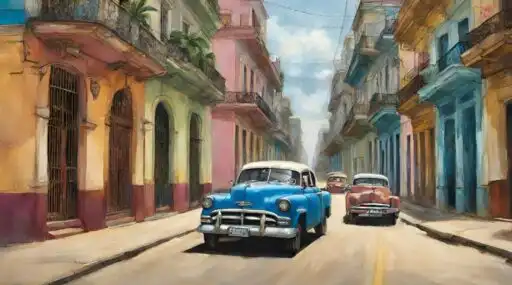






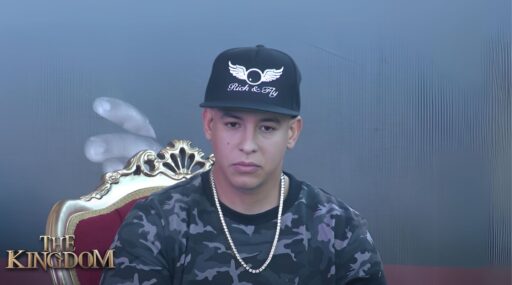

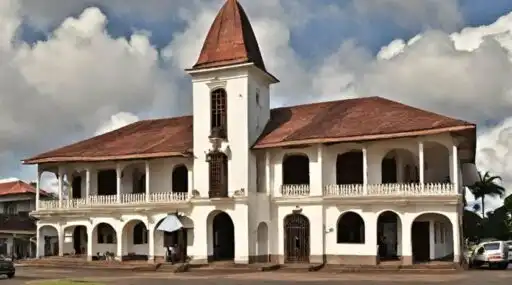


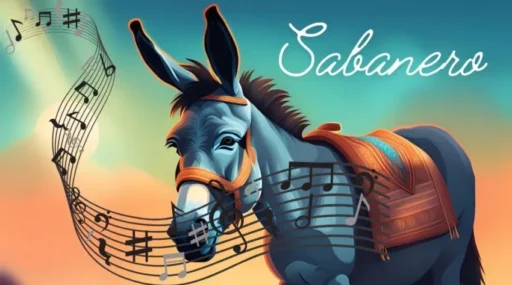

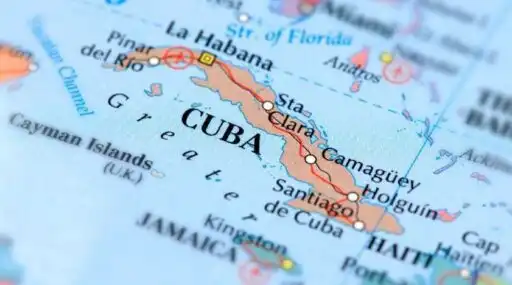
Leave a Reply